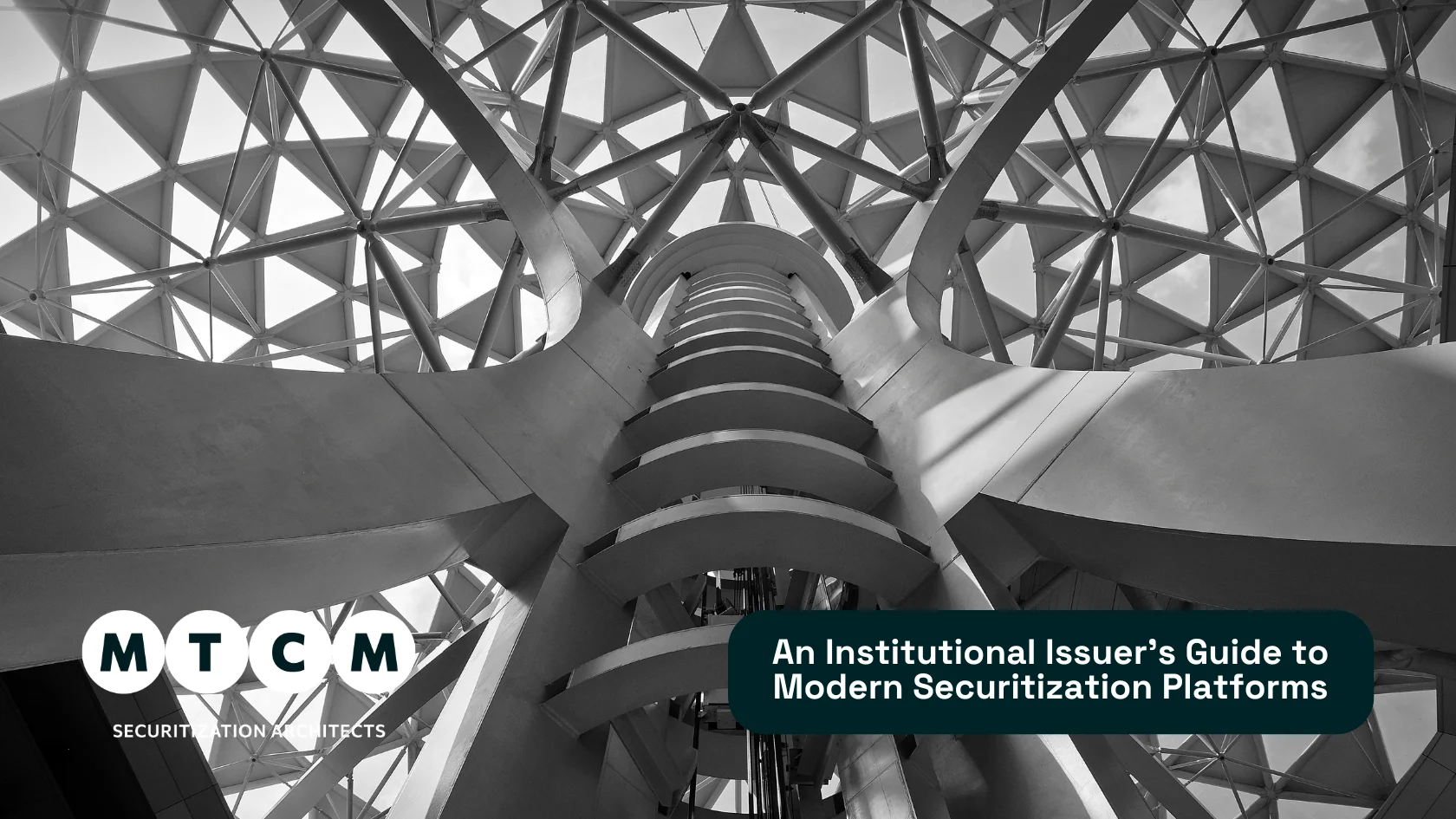Asset Backed Securitization (ABS) is a foundational tool in today’s financial markets, enabling institutions and investors to unlock liquidity, diversify risk, and expand investment strategies. Focusing on pools of loans, leases, or receivables, ABS converts these assets into tradeable securities that offer unique access to income streams and risk profiles. This article explores the structures, benefits, and practical aspects of asset backed securitization, tailored for financial professionals, portfolio managers, and institutional investors.
What Is Asset Backed Securitization?
Asset backed securitization involves transforming various financial assets—such as auto loans, consumer loans, credit card receivables, or leases—into marketable securities. These asset backed securities provide originators with alternative funding options while offering investors opportunities to participate in targeted risk and yield scenarios. By isolating assets within a Special Purpose Vehicle (SPV), market participants increase transparency and protect both sides of the transaction, as seen in solutions highlighted by MTCM Securitization Solutions.
How Does the Asset Backed Securitization Process Work?
- Asset Pooling: Lenders or corporations assemble pools of similar loans or receivables (for example, auto loans or mortgages).
- SPV Structuring: Assets are transferred to an SPV, removing them from the originator’s balance sheet.
- Security Issuance: The SPV issues notes or bonds—asset backed securities—to investors, with varying tranches to suit different risk appetites.
- Investor Payments: Cash flows from the asset pool (monthly loan payments) flow directly to ABS investors.
This process supports efficient risk transfer, balance sheet optimization, and funding flexibility across markets.
Major Types of Asset Backed Securitization
Mortgage Securitization
Mortgage securitization transforms pools of home or commercial mortgages into mortgage-backed securities, enhancing access to investment capital and supporting real estate liquidity.
Auto Loan Securitization
Auto loan securitization enables automotive lenders to finance new lending by issuing securities backed by car loan portfolios.
Consumer Loan & Credit Card Securitization
Consumer and credit card securitization allows banks to offload large receivables portfolios, funding new credit and providing investors with access to retail credit markets.
Structured Finance Solutions and Practical Examples
Structured finance solutions built on asset backed securitization improve capital deployment for institutions and enhance risk-adjusted returns for investors. For example, a financial company may pool its consumer loans, create an SPV, and issue ABS to institutional buyers. Investors earn income from the underlying repayments while the originator frees up capital for new activity. More on this can be found in detailed articles on securitization solutions in complex financial landscapes at MTCM.
Key Benefits of Asset Backed Securitization
- Liquidity Creation: Converts illiquid assets to tradable securities.
- Portfolio Diversification: Allows finely tuned risk and return via different tranches.
- Regulatory Capital Relief: Originators can optimize their balance sheets.
- Investor Access: Brings new classes of fixed income opportunities to institutional portfolios.
- Transparency & Risk Management: SPV structures enhance clarity and reduce counterparty exposure.
Emerging trends, such as the digital transformation of asset backed securities and green finance, continue to drive innovation in this sector.
Frequently Asked Questions (FAQ) of Asset Backed Securitization
What are asset backed securities?
Investment products backed by specific pools of assets like auto loans, mortgages, or receivables, providing returns derived from the cash flows of these underlying contracts.
How does mortgage securitization compare with other types of ABS?
Mortgage securitization deals specifically with pools of home or commercial mortgages, whereas other ABS may be based on assets such as auto loans, credit card receivables, or even equipment leases.
What is the function of the SPV in asset backed securitization?
The SPV legally separates the assets from the originator, enhances transparency, and issues securities to investors, ensuring better risk management and investor protection.
Can smaller financial institutions benefit from ABS?
Yes, advances in structuring and digitalization mean a wide variety of lenders and originators regardless of size, can create asset backed securities and connect with global investors.
Where can I learn more about infrastructure ABS?
Further independent information and global best practices can be found at the World Bank: Infrastructure Asset Backed Securitization.
Harness the Power of Asset Backed Securitization
Asset backed securitization empowers investors and issuers to thrive in modern financial markets. Whether through mortgage, auto loan, or consumer loan securitization, the ability to customize risk and enhance liquidity is transforming institutional funding and investment. For additional expertise, visit MTCM’s ABS solutions and explore innovative perspectives on the MTCM blog.




